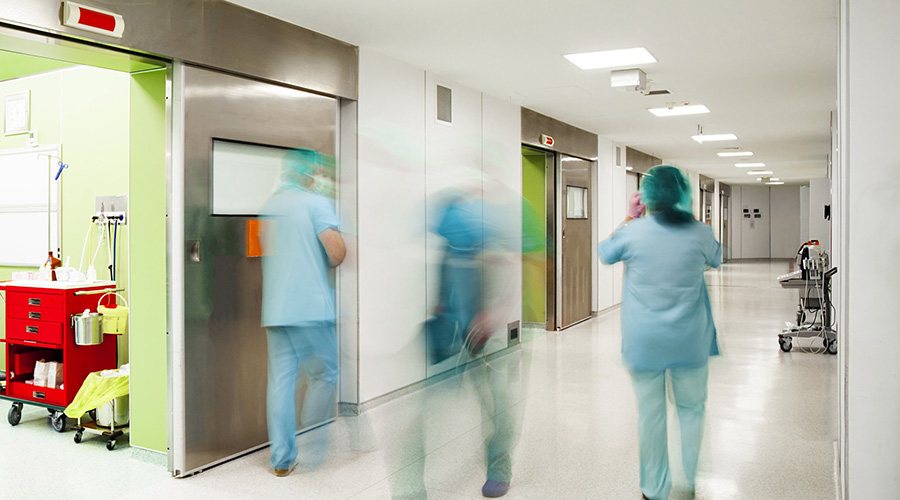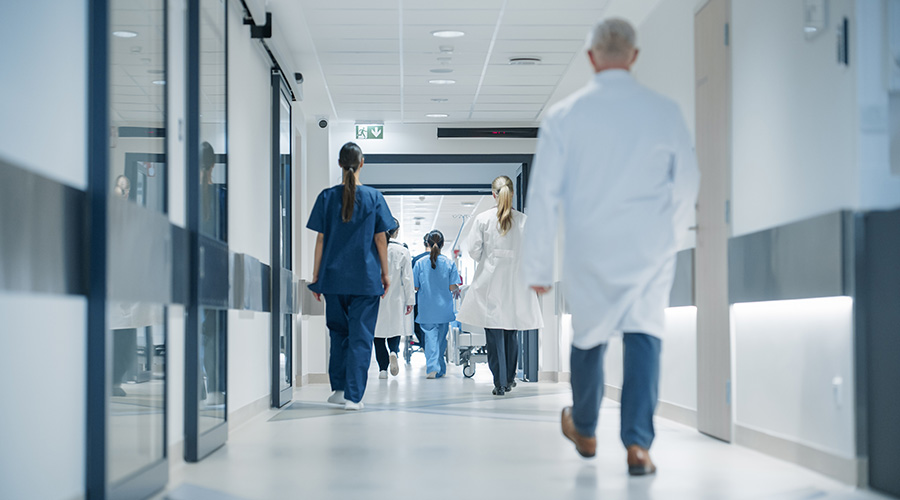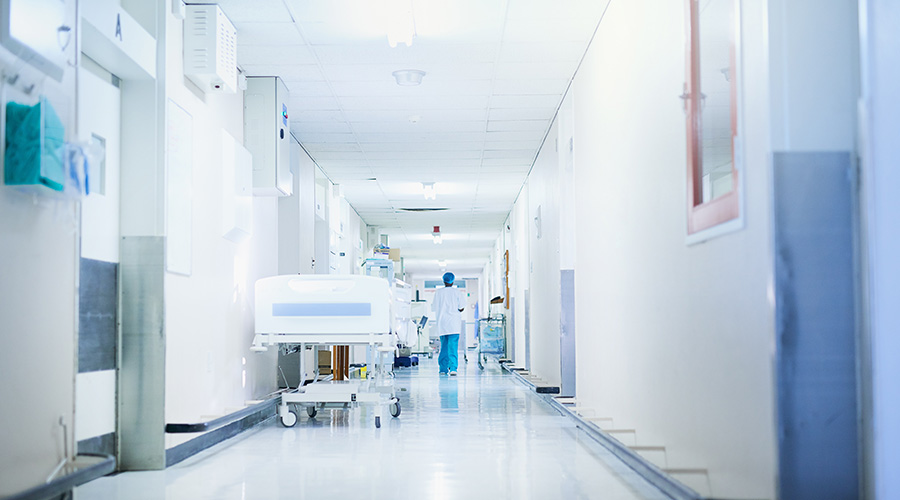Medical researchers have discovered and exploited genetic mutations that are expressed only in precancerous or malignant cells. However, in making a formal diagnosis of cancer, these genetic mutations can be especially hard to pinpoint within the body and, thus far, have not been used as a primary method of diagnosing cancer. Instead, different types of imaging tests—including X-rays, PET scans, mammography and ultrasound—have been used to identify cancerous masses. But while imaging scans can locate masses in the body, they cannot identify microscopic cancers or be used to classify the cellular composition of a tumor.1
Traditionally, tissue biopsies have been used as a method of gathering genetic material for analysis. They are very invasive to the patient, and some may refuse to have the procedure performed due to the pain and anxiety associated with sample collection. The analysis of each biopsy sample is also a labor-intensive process that involves the possibility of human error. In some cases, it simply isn’t feasible to obtain tissue samples from specific locations in the body, such as the brain. Furthermore, once a biopsy sample is taken, the delay until diagnostic results are available is often very long, with an average wait time of 27 days.1
Now, NuView Life Sciences (http://nuviewinfo.com/site/3/) (NVLS) is at the forefront of a developing technology sector within the medical industry. Liquid biopsies focus on identifying biomarkers from tumor cells that are present in body fluids, and this type of biopsy is becoming more important as medical care shifts to a precision medicine mindset. One report forecasts that the non-invasive cancer diagnostics market, which is primarily driven by liquid biopsy technology currently in use or in development, will grow by as much as 44% between 2015 and 2030. The early diagnosis of prostate, breast, colorectal and lung cancer is primarily what’s driving this market growth. These four types of cancer are expected to account for over 70% of the liquid biopsy market in 2030.2 By 2030, the global liquid biopsy market is expected to reach 5,958.3 million.3
NVLS is working to change the way cancer is diagnosed by developing its precision medicine NV-VPAC1 platform technology. NVLS’ chairman and CEO, Paul Crowe, explained, “We’re working towards using NV-VPAC1 in liquid biopsies, which is much less invasive, painful, and less costly overall compared to traditional surgical biopsy methods. Because cancer cells are identified by certain biomarkers that result from genetic mutations, NV-VPAC1 is being tested in in vitro diagnostic scenarios to confirm cancerous mutations in prostate cells contained in voided urine specimens.”
Liquid biopsies are more than just less invasive. These types of biopsies are able to gather more information about specific types of cancer and tumor cellular compositions than traditional biopsies, and there are fewer post-biopsy complications experienced by patients when using this new diagnostic method. There are also substantial cost savings to be had in using liquid biopsies, and these savings are shared not only by the patient, but also by third-party payers and the healthcare system as a whole.
Since NVLS is developing a liquid biopsy method using NV-VPAC1 technology, the company is already becoming a leader in non-invasive, precision medicine-based diagnostics. “We believe that NV-VPAC1 could eventually be used to screen for cancer in other biological fluids, such as bloodserum, cerebral spinal fluid and saliva. After all, liquid biopsy technology has the potential to completely change the cancer diagnostics industry, and we want that change to be part of that change,” said Crowe.

 Making the Energy Efficiency Case to the C-Suite
Making the Energy Efficiency Case to the C-Suite How to Avoid HAIs This Flu Season
How to Avoid HAIs This Flu Season Design Phase Set to Begin for Hospital Annex at SUNY Upstate Medical
Design Phase Set to Begin for Hospital Annex at SUNY Upstate Medical Building Hospital Resilience in an Era of Extreme Weather
Building Hospital Resilience in an Era of Extreme Weather Ennoble Care Falls Victim to Data Breach
Ennoble Care Falls Victim to Data Breach